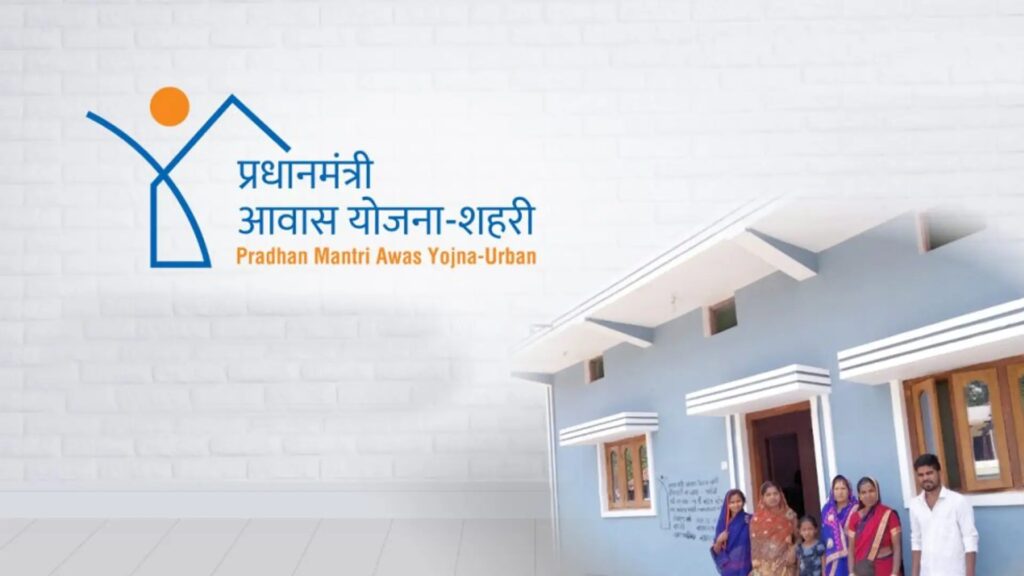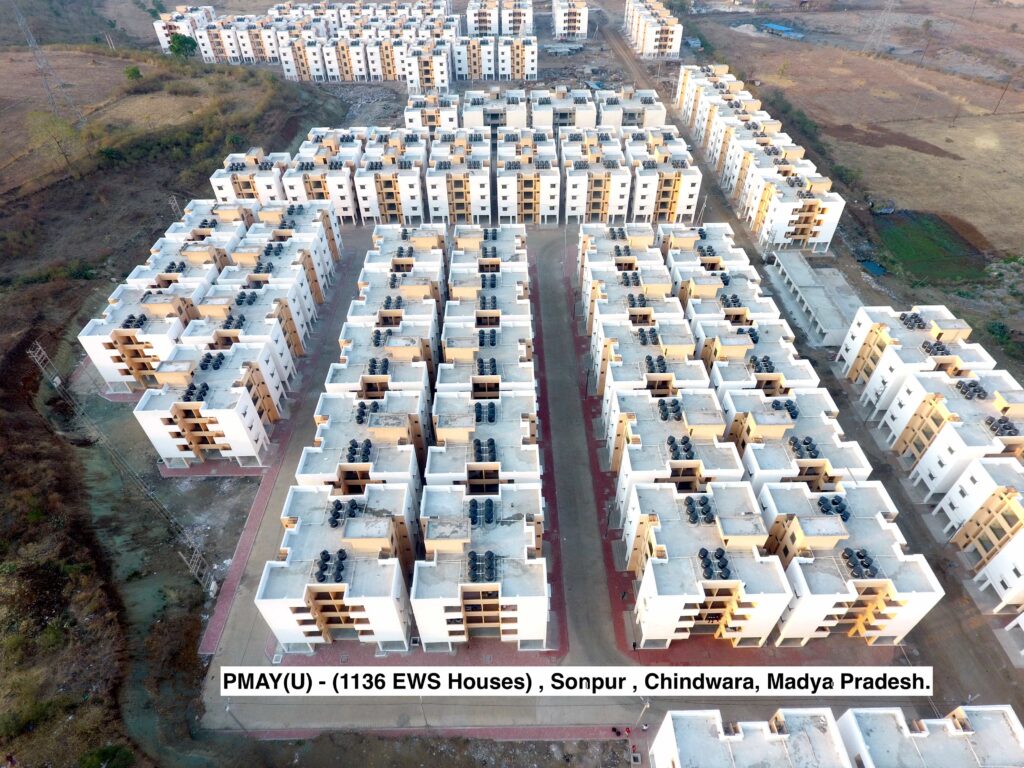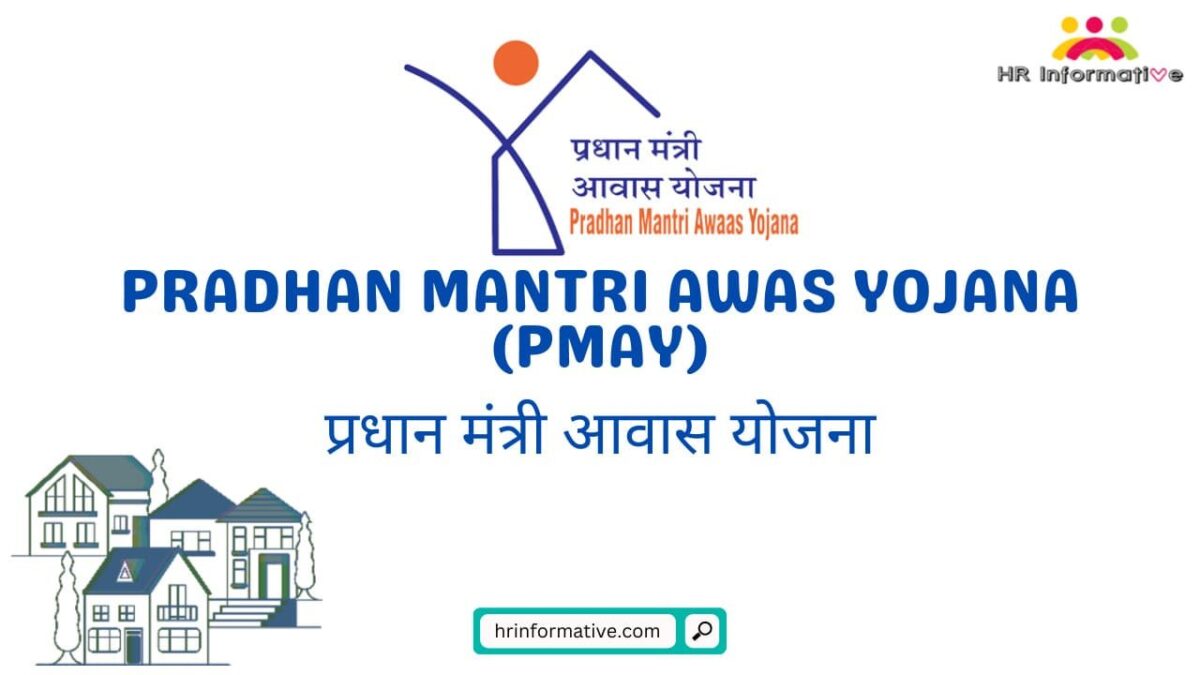The Pradhan Mantri Awas Yojana (PMAY) is a flagship initiative by the Government of India aimed at providing affordable housing to all citizens by the year 2022. With a vision to create a sustainable and inclusive urban development ecosystem, PMAY has emerged as a catalyst for social and economic transformation across the country.
Introduction
PMAY, launched in 2015, seeks to address the housing needs of the urban poor, including slum dwellers and low-income groups, by providing them with pucca houses at affordable rates. The scheme is divided into two components: Pradhan Mantri Awas Yojana (Urban) and Pradhan Mantri Awas Yojana (Gramin), focusing on urban and rural areas, respectively.
Eligibility Criteria
Income Criteria
The income criteria refer to the financial eligibility requirements that individuals must meet to qualify for certain benefits, programs, or initiatives. In the context of schemes like the Pradhan Mantri Awas Yojana (PMAY), income criteria determine whether an individual or household falls within the designated income brackets to avail of subsidies or assistance for housing. These criteria typically specify the maximum and minimum income levels for different categories of beneficiaries, such as economically weaker sections (EWS), low-income groups (LIG), and middle-income groups (MIG). Meeting the income criteria is essential for individuals seeking to access affordable housing options and related financial support from government schemes.
Ownership Criteria
Ownership criteria pertain to the conditions or qualifications individuals must fulfill to be considered eligible for ownership of property or assets. In the context of schemes like the Pradhan Mantri Awas Yojana (PMAY), ownership criteria may include requirements such as:
Legal Ownership: Applicants must be legal owners of the property or have clear legal rights to own it. This typically involves possessing valid title deeds or ownership documents.
Residential Property: The property must be intended for residential purposes, and applicants must demonstrate their intention to reside in the property once acquired.
Exclusion from Previous Government Housing Schemes: Some schemes may have restrictions on eligibility based on participation in previous government housing programs to ensure equitable distribution of benefits.
Compliance with Local Regulations: Applicants must comply with local laws, regulations, and building codes governing property ownership and construction.

Meeting these ownership criteria is crucial for individuals seeking to avail themselves of housing benefits or subsidies under government schemes like PMAY. It ensures that the allocation of resources is fair and transparent while facilitating access to affordable housing for eligible beneficiaries.
Application Process
Registration
Prospective beneficiaries can apply for PMAY through the official website or designated Common Service Centers (CSCs). The application process involves filling out the required forms and providing the necessary documents to verify eligibility.
Documentation
Along with the application form, applicants must submit supporting documents to validate the information provided. These documents typically include an Aadhaar card, proof of income, residence proof, and property documents if applicable.
Subsidy Calculation
EWS/LIG Categories
Under PMAY, eligible beneficiaries from EWS and LIG categories are entitled to a subsidy on home loan interest rates, making homeownership more affordable.
MIG Categories
Middle-income group beneficiaries can also avail of interest subsidy benefits, with varying rates based on their income levels.
Implementation Challenges
Despite its noble intentions, the PMAY scheme has faced several challenges in implementation, including bureaucratic delays and issues related to transparency and accountability.
Success Stories
Despite these challenges, PMAY has had a significant impact on the lives of beneficiaries, providing them with the security and dignity of owning a home.
Future Prospects
As the government continues to prioritize affordable housing, PMAY is expected to undergo further expansion and policy changes to reach more underserved communities.
Conclusion
In summary, PMAY stands as a testament to the government’s commitment to ensuring housing for all. By addressing the housing needs of the marginalized sections of society, the scheme has the potential to transform millions of lives and contribute to the nation’s development.

FAQs
- What are some emerging trends in luxury real estate?
- What is unlocking opportunities: Exploring the world of crowdfunded real estate?
- How are the Richest real estate investors?
- What are The Future of Real Estate: 10 Bold Predictions for 2024?
- What Is RERA?

